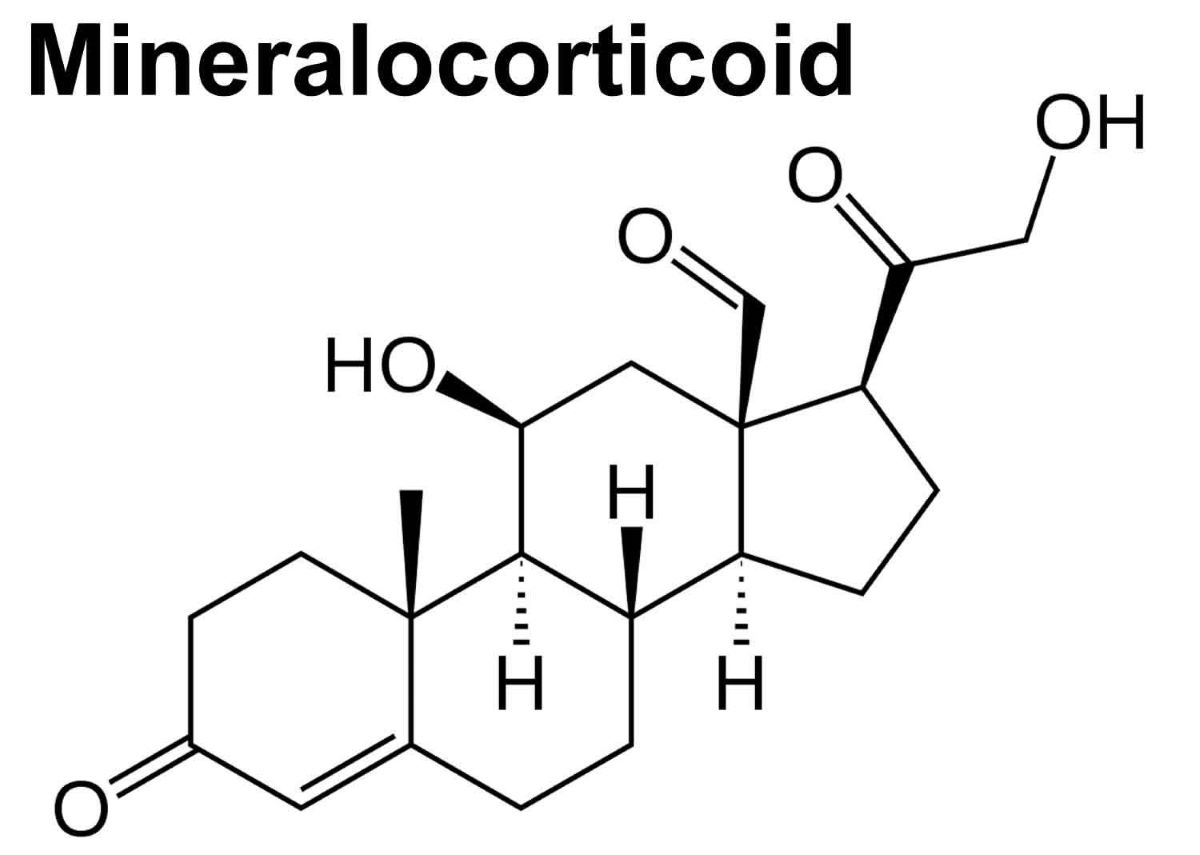
What is n-Nonacosane? This long-chain hydrocarbon, also known as C29H60, is a saturated alkane found in nature. n-Nonacosane appears in various plants, insects, and even some marine organisms. It's a waxy substance that plays a role in waterproofing and protecting surfaces. For example, bees use it in their wax to build hives. n-Nonacosane also helps plants reduce water loss by forming a protective layer on leaves. Interestingly, it has potential applications in the medical field, such as in drug delivery systems. Curious about more? Let's dive into 15 intriguing facts about this fascinating compound!
What is n-Nonacosane?
n-Nonacosane is a type of hydrocarbon, specifically an alkane. It consists of 29 carbon atoms and 60 hydrogen atoms, making it a long-chain molecule. This compound is found in various natural sources and has several interesting properties.
-
Chemical Formula: The chemical formula for n-Nonacosane is C29H60. This indicates it has 29 carbon atoms and 60 hydrogen atoms.
-
Molecular Weight: n-Nonacosane has a molecular weight of approximately 408.80 g/mol. This makes it a relatively heavy molecule compared to smaller hydrocarbons like methane or ethane.
Natural Sources of n-Nonacosane
n-Nonacosane can be found in nature, often in plants and insects. Its presence in these organisms serves various functions, from protective coatings to pheromones.
-
Plant Waxes: Many plants produce n-Nonacosane as part of their waxy coatings on leaves and stems. This helps reduce water loss and protect against pests.
-
Insect Cuticles: Some insects have n-Nonacosane in their cuticles. It helps them maintain moisture and can play a role in communication through pheromones.
Physical Properties of n-Nonacosane
Understanding the physical properties of n-Nonacosane can help in identifying its uses and behavior in different environments.
-
Melting Point: n-Nonacosane has a melting point of about 63-65°C (145-149°F). This relatively high melting point indicates it is solid at room temperature.
-
Boiling Point: The boiling point of n-Nonacosane is around 450°C (842°F). This high boiling point makes it stable under various conditions.
-
Solubility: n-Nonacosane is insoluble in water but can dissolve in organic solvents like benzene and chloroform. This property is typical for long-chain hydrocarbons.
Uses of n-Nonacosane
n-Nonacosane has several applications, particularly in scientific research and industry. Its unique properties make it useful in various fields.
-
Chemical Research: In laboratories, n-Nonacosane is often used as a standard for calibrating instruments like gas chromatographs.
-
Cosmetics: Some cosmetic products use n-Nonacosane for its emollient properties, helping to soften and smooth the skin.
-
Lubricants: Due to its high melting and boiling points, n-Nonacosane can be used in specialized lubricants that need to perform under extreme conditions.
Biological Roles of n-Nonacosane
In the natural world, n-Nonacosane plays several roles that are crucial for the survival and communication of various organisms.
-
Pheromones: Certain insects use n-Nonacosane as a component of their pheromones, which are chemicals used for communication, especially in mating behaviors.
-
Protective Coating: For plants, n-Nonacosane in the waxy layer helps protect against environmental stressors like UV radiation and pathogens.
Environmental Impact of n-Nonacosane
While n-Nonacosane is naturally occurring, its impact on the environment is worth noting, especially when considering human activities.
-
Biodegradability: n-Nonacosane is relatively biodegradable, breaking down over time through natural processes. This reduces its long-term environmental impact.
-
Pollution: In industrial settings, improper disposal of n-Nonacosane can contribute to pollution. However, its low solubility in water minimizes its spread in aquatic environments.
Interesting Facts about n-Nonacosane
Beyond its scientific and practical uses, n-Nonacosane has some intriguing aspects that make it a subject of interest.
- Historical Use: In ancient times, natural waxes containing n-Nonacosane were used in embalming processes and as waterproofing agents for various materials.
The Final Word on n-Nonacosane
n-Nonacosane, a fascinating hydrocarbon, plays a significant role in nature and industry. Found in beeswax, plant cuticles, and even some insects, this compound helps protect and communicate within ecosystems. Its use extends to cosmetics, where it acts as an emollient, and in research, where it aids in understanding chemical interactions.
Understanding n-Nonacosane's properties and applications highlights its importance in both natural and human-made environments. From its role in plant defense to its use in skincare products, this hydrocarbon proves versatile and essential.
As we continue to explore and utilize n-Nonacosane, its benefits will likely expand, offering new insights and applications. Keep an eye on this intriguing compound; its potential is vast and still unfolding.
Was this page helpful?
Our commitment to delivering trustworthy and engaging content is at the heart of what we do. Each fact on our site is contributed by real users like you, bringing a wealth of diverse insights and information. To ensure the highest standards of accuracy and reliability, our dedicated editors meticulously review each submission. This process guarantees that the facts we share are not only fascinating but also credible. Trust in our commitment to quality and authenticity as you explore and learn with us.


